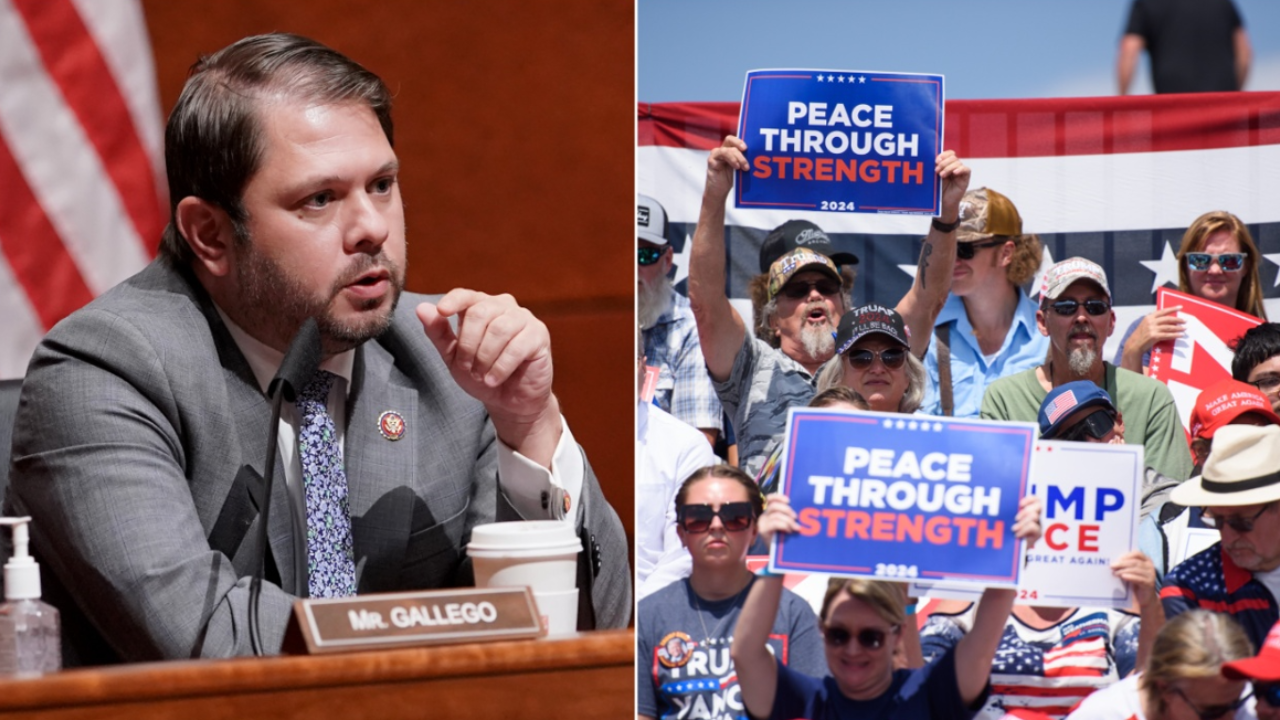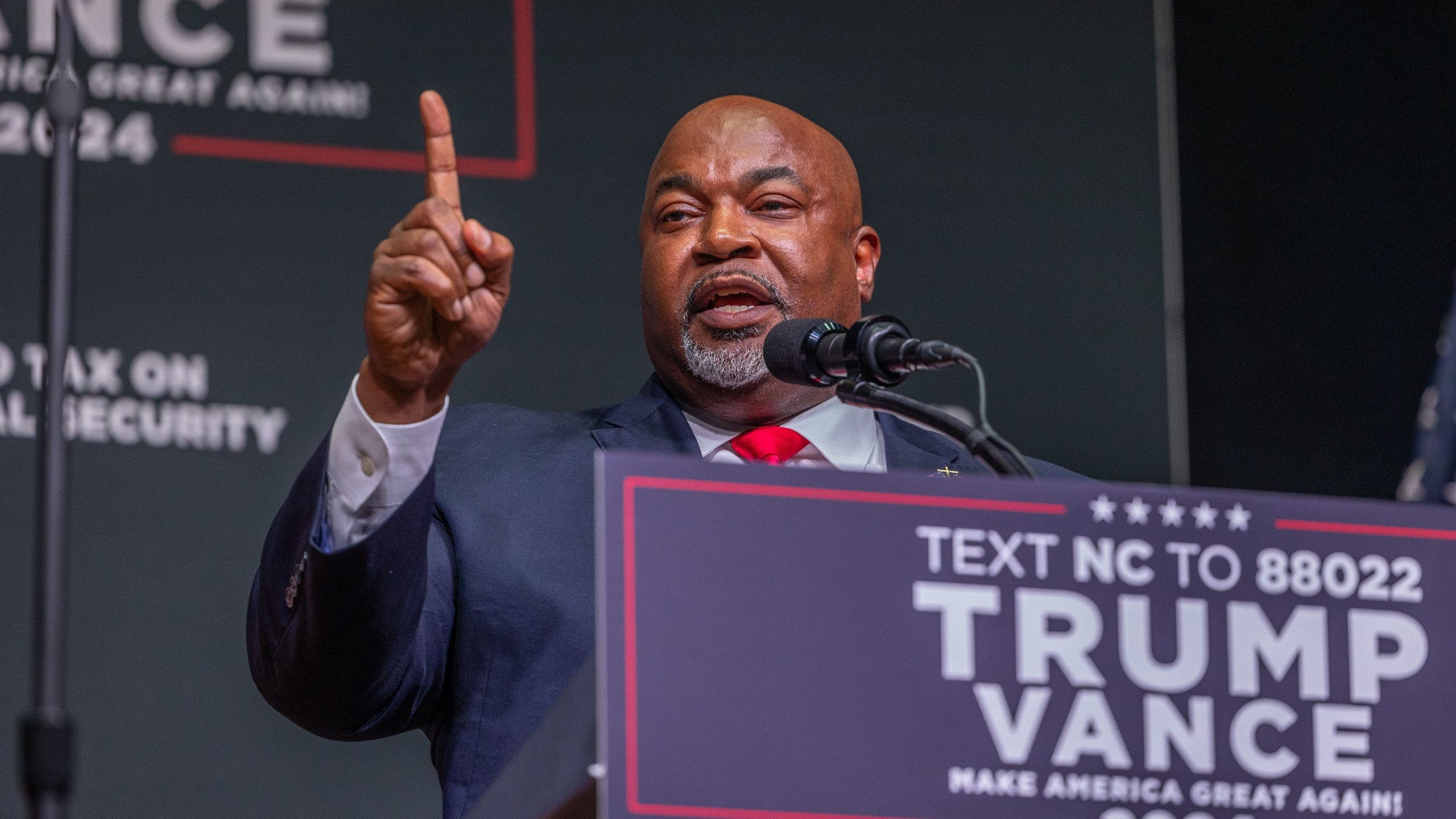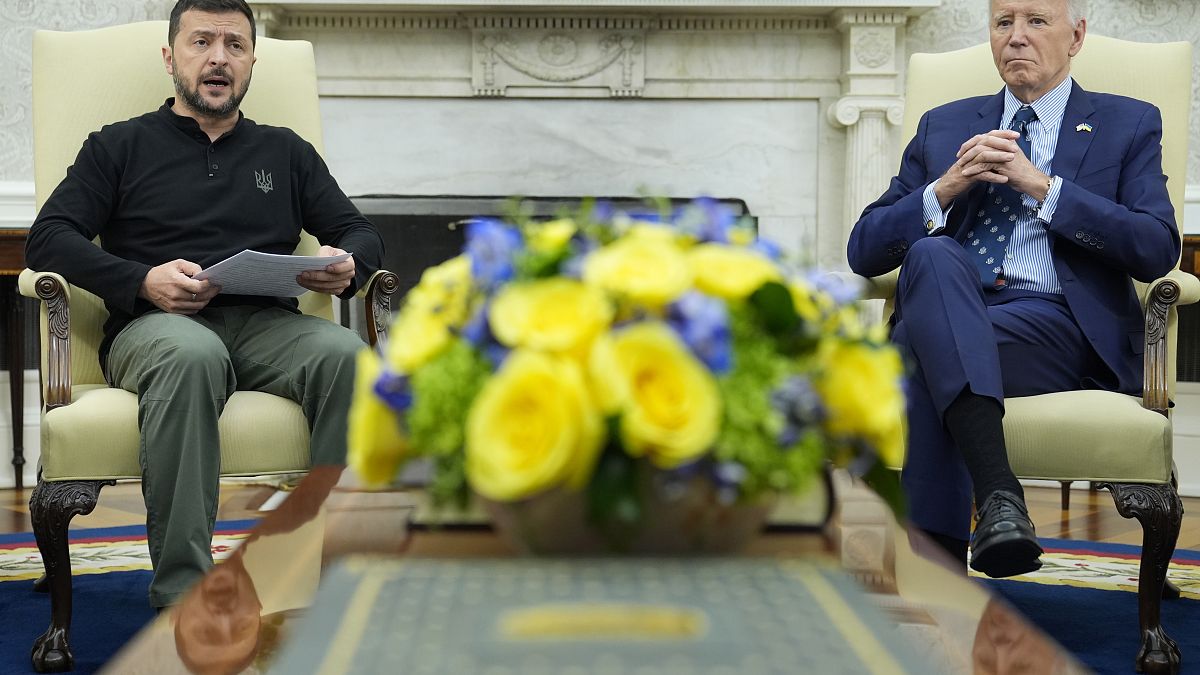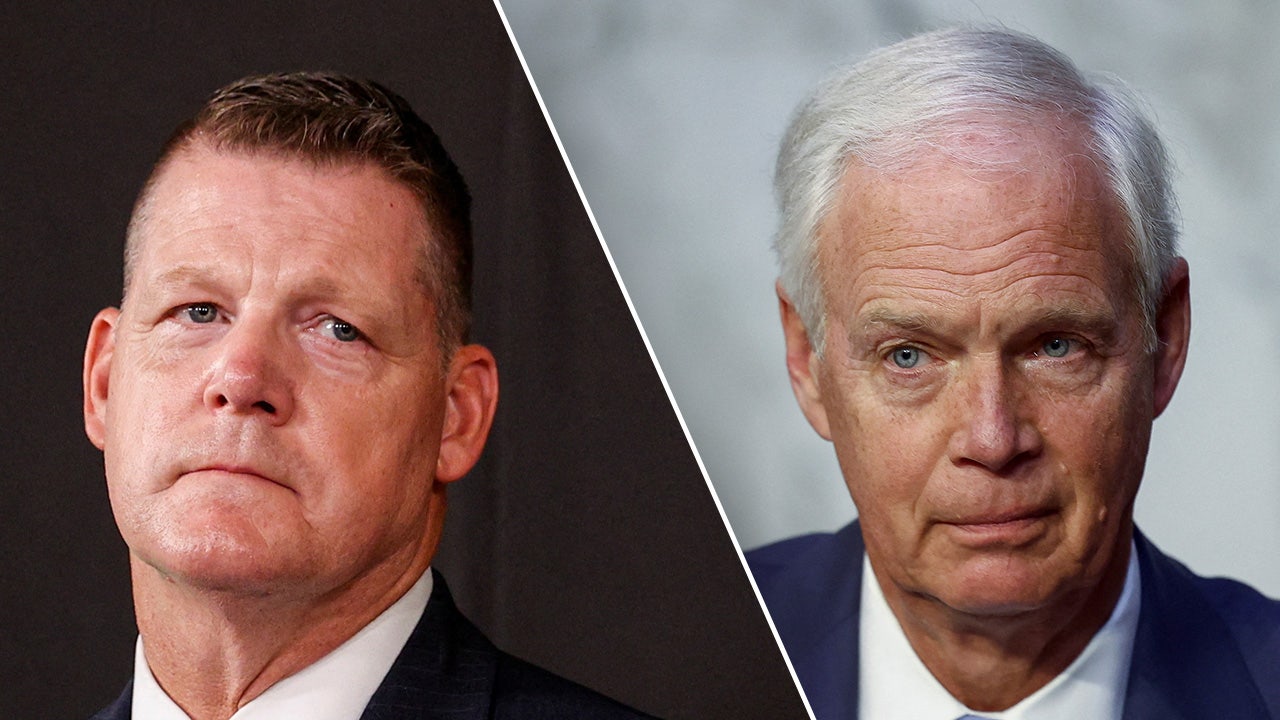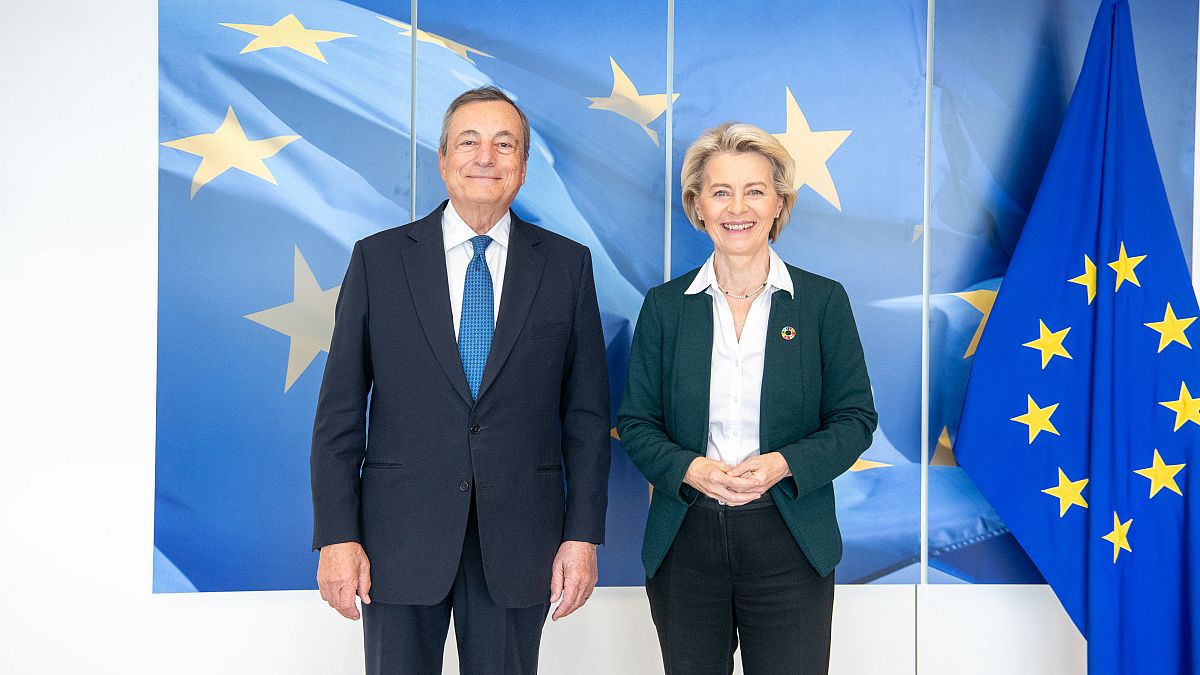By Patricia A. Scheyer
NKyTribune reporter
Linda Chapman is about to close a chapter on her life as Finance Director in the city of Florence, a position she has held for the last 21 years.
She finished her last week, and though she is a little sad about leaving, a part of her is looking forward to the freedom that comes with not having to report to work at a certain time of the morning.
“This is the first time in years that I haven’t had to plan anything,” she said, looking over her desk full of papers, and computers with three screens. “From January to August things are really busy with taxes and the budget, then we have the property taxes in October, so I always took my vacation in November or December. I felt like this was the best time to retire, too.”
Chapman is from the west side of Cincinnati and she said the roots are strong there — “you never leave the west side.”
She attended McCauley high school and the University of Cincinnati and then became an accountant.
“I didn’t know what I wanted to do until my senior year in high school,” she said. “I always thought I would go into a dental or nursing field and I took classes that would help with those fields, but there were things I didn’t like about those fields. So I decided to go with numbers.”
She eventually found her way to Rankin and Rankin, where she worked for ten years, doing audits for different cities in the Northern Kentucky area.
It was while she was doing the June 30, 2002 audit for the city of Florence that she discovered a problem on the books.
“Things just didn’t add up,” she explained. “The numbers weren’t right.”
Ron Epling had been the Finance Director for ten years at Florence, and Chapman knew him, so she worked the numbers over and over before she turned the evidence over to her boss at Rankin and Rankin, and the police brought charges against Epling for embezzling $4.9 million from the city.
Linda Chapman was hired as Finance Director in March of 2003.
“The embezzlement meant I started with a big mess,” she said. “The city was able to recover everything. It was bad, but it was up to me to come up with programs to install so that it never happened again. I put several safeguards in, and had to change all the systems over. It took about two years. So even though it was a big mess, it was a challenge for me, and I really like challenges.”
She said that the embezzlement was definitely the worst thing she had to deal with, but the result was the greatest satisfaction of her job, because she met the challenge and she fixed it. Governmental accounting is a special niche, she commented. Chapman said the people who work with her are very great to work with, the five ladies who work up front and her right hand man, Jason Cobb.
Through the years, she said she has had ups and downs, but her attitude is equanimical— most things ‘are what they are’ and she handles them with ease. Her philosophy is ‘one day at a time’, and she said she would come into work each day with the expectation of something good happening, something different, to make her smile.
Without the job to come into, what does she want to do as the next step in her life?
“I have no clue,” Chapman said with a smile.
Her first idea is that she has yard work to do, as well as some gardening chores to take care of.
Gardening is one of her passions. Chapman has a large garden, the length of the side of her house, and garden boxes in the back of her house.
“I grow green beans, tomatoes, zucchini, peppers, cucumbers, and a lot more,” she said. “Gardening is my stress relief.”
She is not a person who travels a lot. She likes to take her annual vacation to Pigeon Forge, an area she loves, but she has no sites she wants to see, like Mount Rushmore, or Hawaii.
“I don’t want to spend that much time in the air,” she explained about visiting Hawaii. “And I don’t want to go on a cruise. I can just picture me on a boat that becomes Titanic number two.”
Chapman has plans to go to Opryland for their Christmas extravaganza. Another passion she enjoys is Christmas.
“I am a big Christmas person,” she said, pointing to pictures of her decorated yard. “My yard isn’t that big, but I squeeze it all in.”
The lights and inflatables cover every available inch of yard, and she said it is such a glorious site people stop in front of the house to take it all in. It does take awhile to put it all up and take it all down, but she doesn’t mind.
“Inside, I put up my tree at Halloween, and during the time while I hand out candy, I also decorate the tree,” she said, laughing. “I love my Christmas decorations!”
She also decorates her office, and her co-workers like to decorate, so that tradition will continue.
Chapman loves to do jigsaw puzzles, and she said her minimum puzzle is 1000 pieces. She showed pictures of her special setup for puzzles so she can concentrate on them and not lose any of the tiny pieces.
“I do a lot of puzzles, and one of the worst ones I have done was candy canes,” she pointed to a picture that showed a massive amount of striped candy canes. “Another one that was challenging was one with pictures of rolls of toilet paper. I finished it, though, even though it took about a month, and I had to get new lighting. I haven’t met a puzzle I haven’t finished yet.”
Chapman feels she has enough to keep her busy through the end of the year, but she understands that when January gets here, she might reach a point where she looks around and there is nothing to do.
“I will still take it one day at a time, but I will be looking for different challenges, different things to fulfill me,” she said. “I have no doubt I will find things. I would like to get a better exercise regimen, to add to my walking.”
Chapman said her mom and dad live in the same area, and she has two brothers and a sister who live relatively close, so she knows she will be getting together with family a lot.
She always thought she might like to have a dog, but she hasn’t had one since she was a child, largely because she didn’t feel that she had the time that a dog requires, but she is now thinking about pet ownership.
“I figure I will take a breather, and then keep on keeping on, stay busy and keep my mind fresh,” she ventured. “I think it’s kind of exciting to see what’s going to develop out there. If something comes up, I can take advantage of being spontaneous. I am looking forward to it.”














